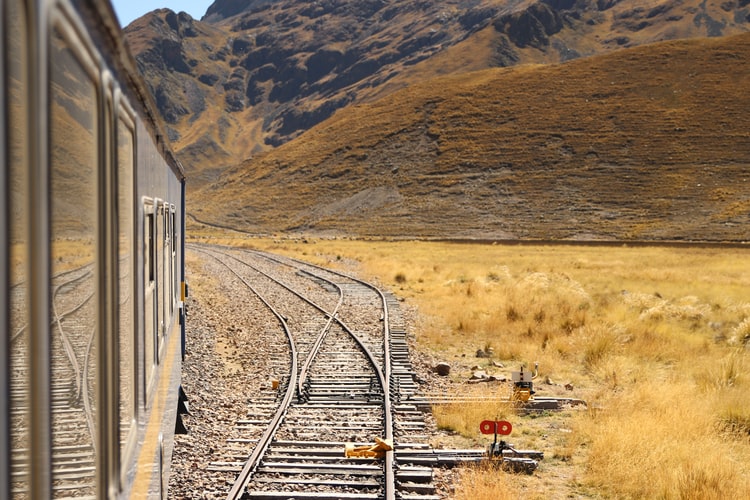I’ve noticed, especially in the midst of these stressful pandemic days, that many leaders, and people in general, tend to have a bias toward action when feeling stressed. In my coaching practice, I have been encouraging clients to reflect on the idea of shifting from a bias toward action toward a bias toward connection when feelings of anxiety arise. I have seen countless times the ways in which decisions and actions grow out of connection, with the “side effect” of creating greater trust among teams, greater alignment with goals, and better end results. Acting before or without connection often has the opposite effect, resulting in lack of trust and a lack of shared vision about what success looks like.
It’s easy to fall into the pattern, when you feel stressed or fearful to have a bias toward action. Whenever you experience anxiety, or tightness, or don’t know what to do, your inclination may be to act, and to act with greater speed and effort than usual. Leadership and getting things done can be stressful. Living, working, and leading in the midst of a pandemic can add to the already stressful demands that many of us feel.
Of course, you might have the opposite bias when stressed – the bias of inaction or freezing. Again, a skillful response is to notice, and move more toward connection.
These recent events have gotten most of us to travel less, move less, and have often seemed to slow down time. Though this period can be more stressful than usual, the pace, as well as the contrast with our “usual” lives can, in a strange and profound way, support greater reflection – regarding our biases, and can create openings to work in a way that embraces our humanity and inspires greater alignment and connection.
A bias toward action is often expressed as moving more quickly — to complete projects, or to begin new projects, or to put more pressure on team members to work with increased effort and energy. What’s different now, during this most unusual time, is that it can be easier to notice this bias, and observe, especially in this new reality that we find ourselves in, that this bias is often counter-productive. It doesn’t usually lead to more results. Instead this bias for action may get in the way of something more essential and more important. This bias for action, or for inaction can be a way of covering up, and not allowing feelings of stress, anxiety, or emptiness. It can get in the way of empathy, and of seeing from a wider perspective.
These conversations I’m having with leaders have been surprisingly rich. When I raise the topic of shifting from a bias toward action to a bias for connection, I can feel the leaders I speak with stop and reflect, and can feel that there is some shifting, insight, and impact.
One of the benefits of finding ourselves in this new environment, that includes less physical movement, as well as an awareness of the impermanence of everything, is the possibility of gaining more insight into our biases, being able to see ourselves and our patterns with more clarity. Though potential distractions are everywhere, there is also a sense of being drawn to working and living with more depth, meaning, and purpose.
This is a great time to notice, whether your bias is toward action or whether your tendency is to retreat and pull inward when stressed. Experiment with becoming more aware of how you respond to stress, and to learn more about your attitudes and relationship with stress. And, it’s a good time to explore allowing yourself to connect, to reach out, to not hide your stress and anxiety. Whether your bias is toward action or toward inaction, an interesting and useful practice is to shift your bias toward connection, to listening, to being closer with those you work with or live with.
A core part of shifting your bias toward connection is to start by connecting to yourself, being curious about what you are feeling, and how you respond when you feel relaxed and comfortable, and how you respond when you feel uncomfortable and stressed. Whatever you might be feeling, to notice and stay with yourself. A core aspect of mindfulness practice is cultivating kindness and curiosity, especially during times like these.
Try this: Experiment with noticing what your bias is when you feel stress or pressure. Do you have a bias toward action, or a bias toward freezing, or other reactions?
Explore what happens if you shift toward a bias toward connection – reaching out, listening, being with others. At work or in leadership roles, see if a bias toward connection fosters greater alignment, and better results.

